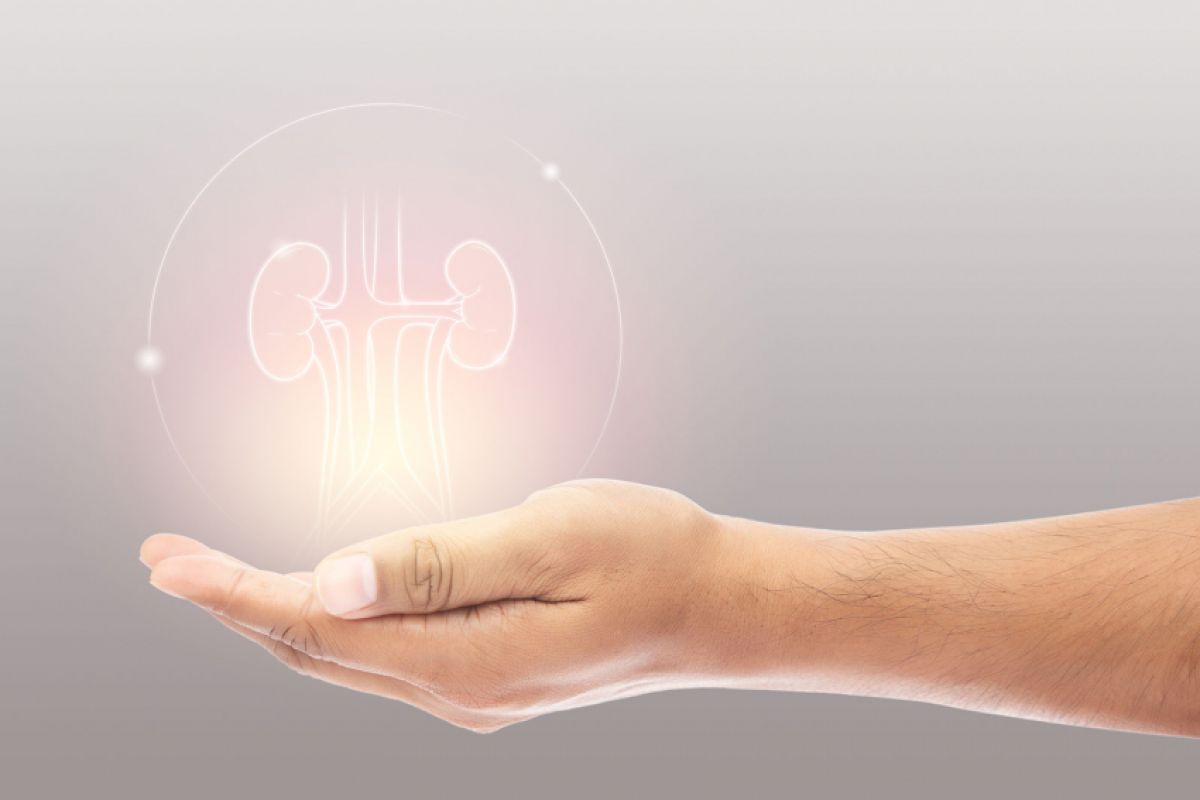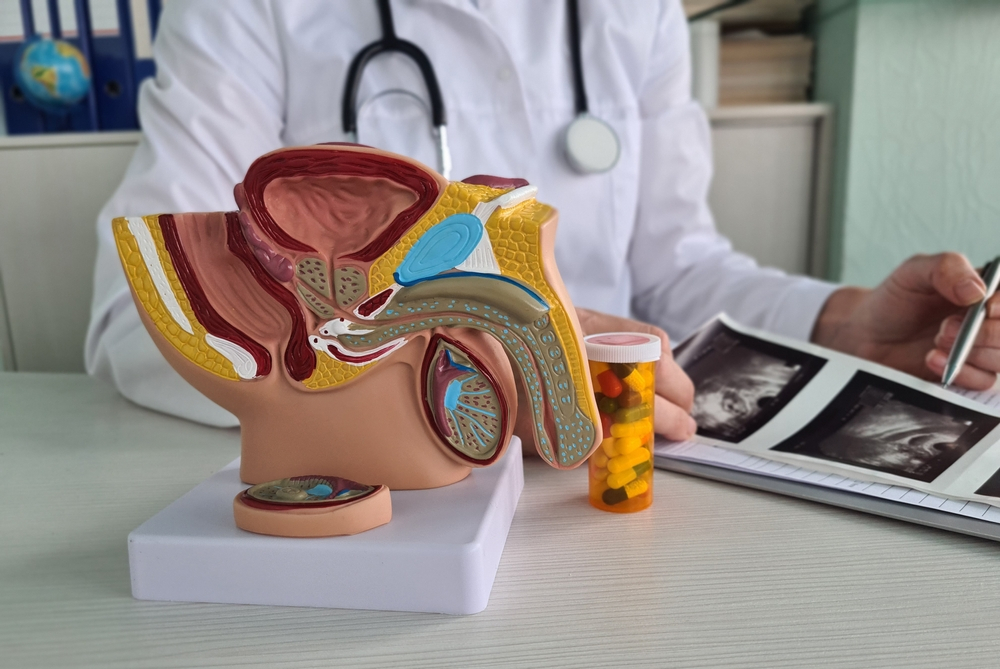



Urethral stenosis is a benign disease of the urinary tract, but it makes the patient unhappy due to its frequent recurrences. The patient may experience difficulty urinating, urine bifurcation, and urine thinning. It is observed more frequently in men.
Numerous surgeries performed successfully
Hundreds of cancer patients regained their health
Hundreds of patients regained their health as a result of urethroplasty surgery
Numerous national and international publications in reputable medical journals
The first treatment for urethral strictures is usually closed surgery (internal urethrotomy). Patients who have had two closed procedures are almost unlikely to benefit from the third surgery. Therefore, patients should be offered open surgery (urethroplasty).
Urethroplasty is a procedure in which the stricture part is removed and added end to end in case of short strictures, and in long strictures, the mucosa from inside the cheek is removed and a patch is made to the urinary tract. Its success rate is around 90%. It should be recommended to patients, especially in experienced hands.
Urethroplasty surgery is a procedure to repair a narrowed section of the urethra, known as a urethral stricture. This operation aims to restore normal urine flow through the urethra, improving urinary function and reducing symptoms associated with strictures, such as difficulty urinating or urinary tract infections. Various techniques may be used, depending on the stricture's location and severity, including grafting tissue from other body parts or simply removing the narrowed section. Recovery and success rates vary based on the specific method employed and the patient's overall health.
